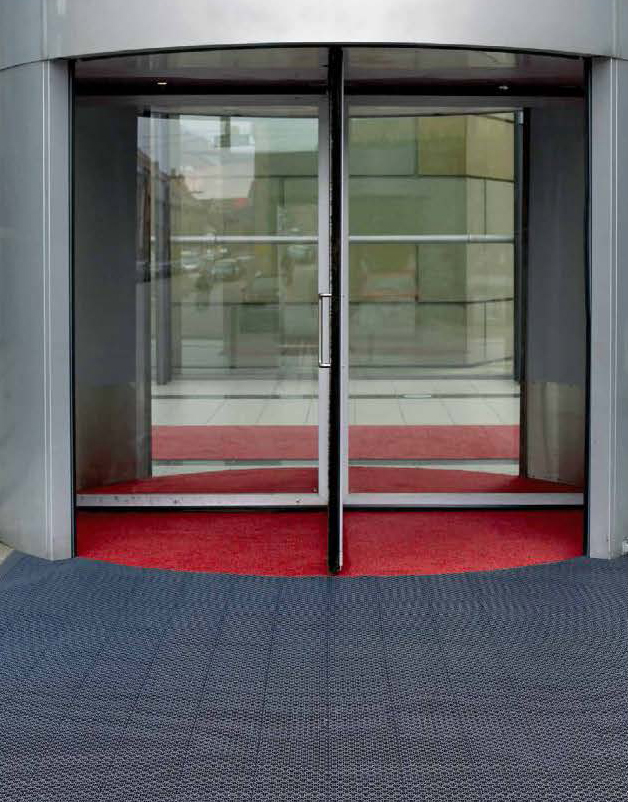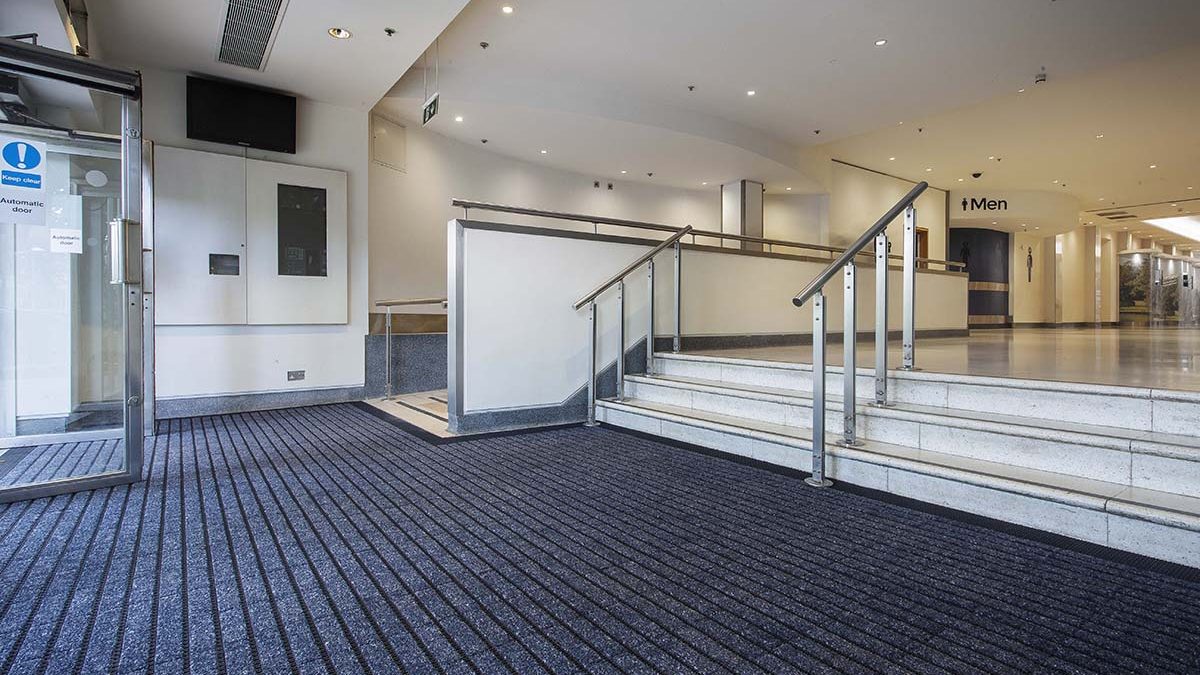How to Maintain Commercial Floors in the Winter
Your floors are a big investment for your business, and harsh winters can lead to excessive buildup. Floors take quite a beating through winter months as rain, snow, ice, ice melt, dirt and sand are tracked into your business. If you’ve dealt with this in the past, you know that most mop systems and carpet cleaners have a difficult time getting your commercial floor clean. This leads to unnecessary wear on your floor as grit and residue grind into the surface through heavy foot traffic. There are several things you can do to maintain your commercial flooring in the winter.
It’s important at this time of year to review your maintenance plan, and make sure that the materials you use outside your facility don’t cause damage to your investment inside of the facility. There are solutions to guarantee the long-term performance of your flooring through every season, and depending on your flooring, it’s important to know what will work best for your product.
We all need to protect our clients and employees from slipping on ice in the winter, so facility mangers will use several types of deicing solutions to alleviate the issue, including minerals or liquids. These products, such as rock salt or calcium chloride can have a sticky residue, and that means that those deicers and even sand will be tracked into your business from shoes as people come and go. The main issues that arise are how to clean the space and what type of entryway systems can handle the situation.
Types of products
A lot of newer products such as magnesium chloride melt snow well and has a smaller aggregate size than other types of ice melt, therefore there is less residue and a significantly easier cleanup.
Knowing your chemicals can help you know how to clean them. Calcium chloride is oil-based, and if you use a general auto scrub or mob, it will leave a white haze all over your floor once it dries. For a deicer that is oil-based, use a degreaser with a pH around 10 that can break down and remove the chemical from your floor.
Traffic and Solutions
Figure out where your facility has the highest traffic and becomes the most dirt prone. This can help you develop a strategy going forward. Most soil that is tracked from outside will accumulate in lower levels of the facility and near entry areas. Studying these traffic patterns can help to determine where you need to emphasize maintenance to your floors in the winter.
Vacuuming your facility more frequently with a commercial vacuum can help to mitigate some of the damage to your floors. Elevators, stairs and escalators can be hotspots for contaminants collected in flooring.
Hard-Surface Flooring
Tracking dirt and chemicals onto hard-surface flooring can cause breakdown of the finish, leaving your floors looking dull and worn. It can also cause unnecessary scratches from rocks and smaller sediment. Keeping these floors clean is imperative to the life and performance of your floor.
The type of cleaning equipment you use can have a big impact on the way your floors clean. Some aggregate is larger in size and can become stuck in traditional pads and damage the floor. Using an Astro-Turf type pad can help by suspending the product in water. This way, the vacuum in the auto scrubber can pick it up. Microfiber mops with water can work well if you use two buckets. Have one with dirty water and one with clean water and wring out the cloth often. This is an inexpensive option. However, it can be more physically demanding and time-consuming than other solutions.
Carpet Flooring
A carpet can hold and hide up to a pound of dirt per square foot before it looks dirty. This buildup can cause irreparable damage if left untreated. Debris gets pounded into the fibers of carpet, causing scratches that leave them looking dull and shabby.

Carpeted commercial spaces often have two spaces to consider: an entryway and the rest of the facility. These spaces require different solutions to maintain your flooring depending on what you use. Depending on your facility needs, entryway carpets can be a better solution than entry mats for a commercial space. Permanent systems don’t roll and have higher soil and water retention. This means less mess for your space inside your facility.
I high quality walk off mat is an alternative option to keep the dirt in your entryway. These mats can catch up to 90 percent of the soil that enters a facility and helps protect the rest of your flooring from wear.
All entryways should have a rigid fiber that helps remove debris from shoes. These fibers are designed to withstand more dirt and water. Regularly cleaning your entryway prevents most of the dirt load that comes into your facility. . If you maintain your flooring in this space well, it ensures that the fibers can continue to trap debris that is being tracked in.
Equipment such as a pile lifter or carpet extractor can work well on your entryway and into the front of your facility for the small amounts of residue that make it past the entryway.
Create a Winterization Plan for Your Flooring
Implementing a floor care strategy to maintain your flooring can involve a variety of cleaning processes depending on your facility. Once you’re aware of the traffic patterns of you space and the products you use, it’s time to create a plan of action that you can maintain throughout the winter season.
- Look at the chemicals in the products that you use for deicing your facility. Make any appropriate adjustments to ensure you’re using the right product for your property.
- Examine the equipment you have to see if you need to change what you are using for the product you have.
- Figure out the best time to clean. When do you have the heaviest traffic into your facility? If it is mornings, schedule a cleaning time after the rush and at the end of the day. This ensures that the product doesn’t have time to set in and dry. If you have pretty consistent traffic into your entryway throughout the day, you may just need to clean at night.
The important thing is to plan before the first heavy snow or ice storm. This will prepared you to ensure the longevity of your flooring. You can make small adjustments to maintain your flooring throughout the season and see what works best for you.

